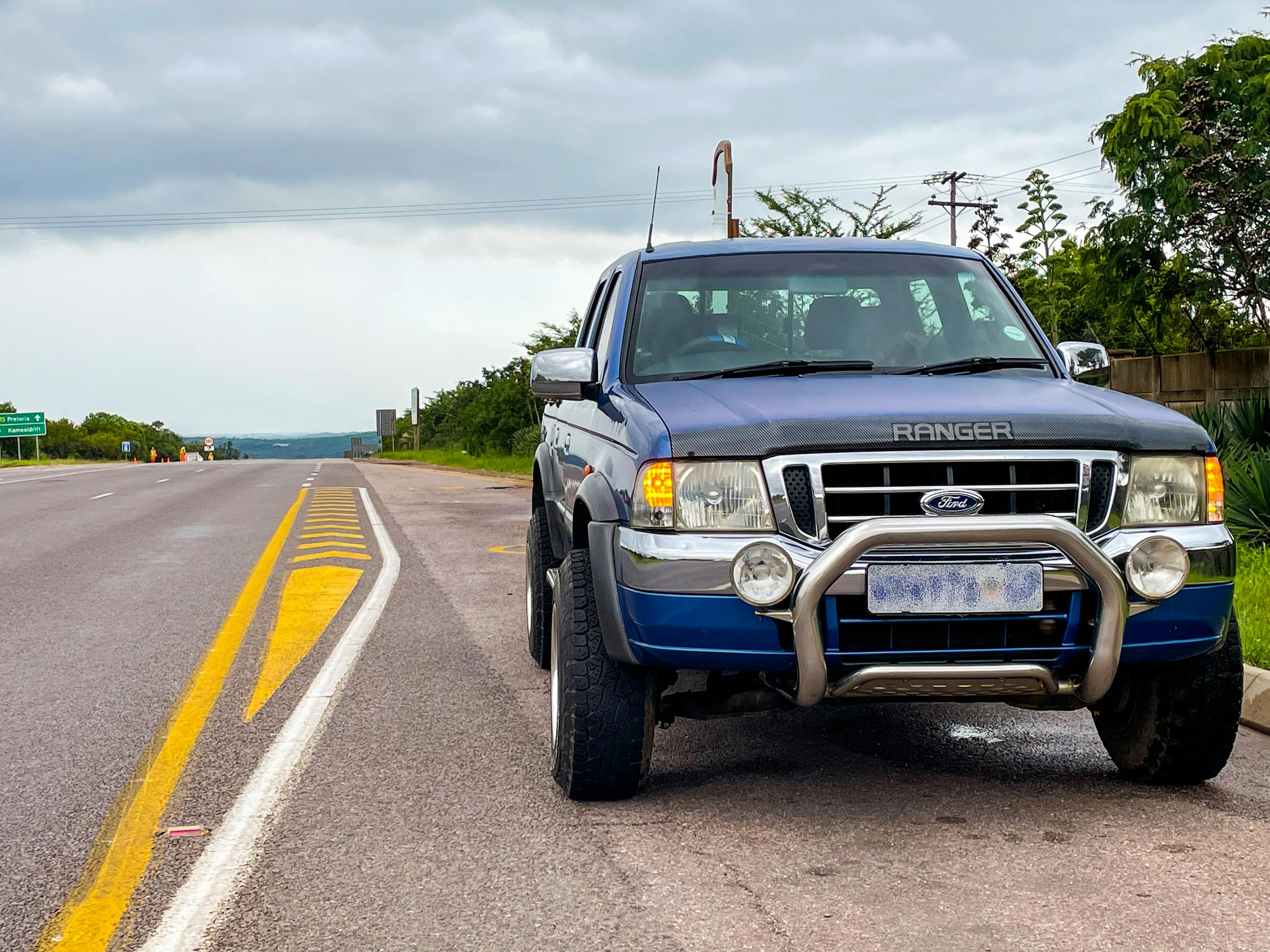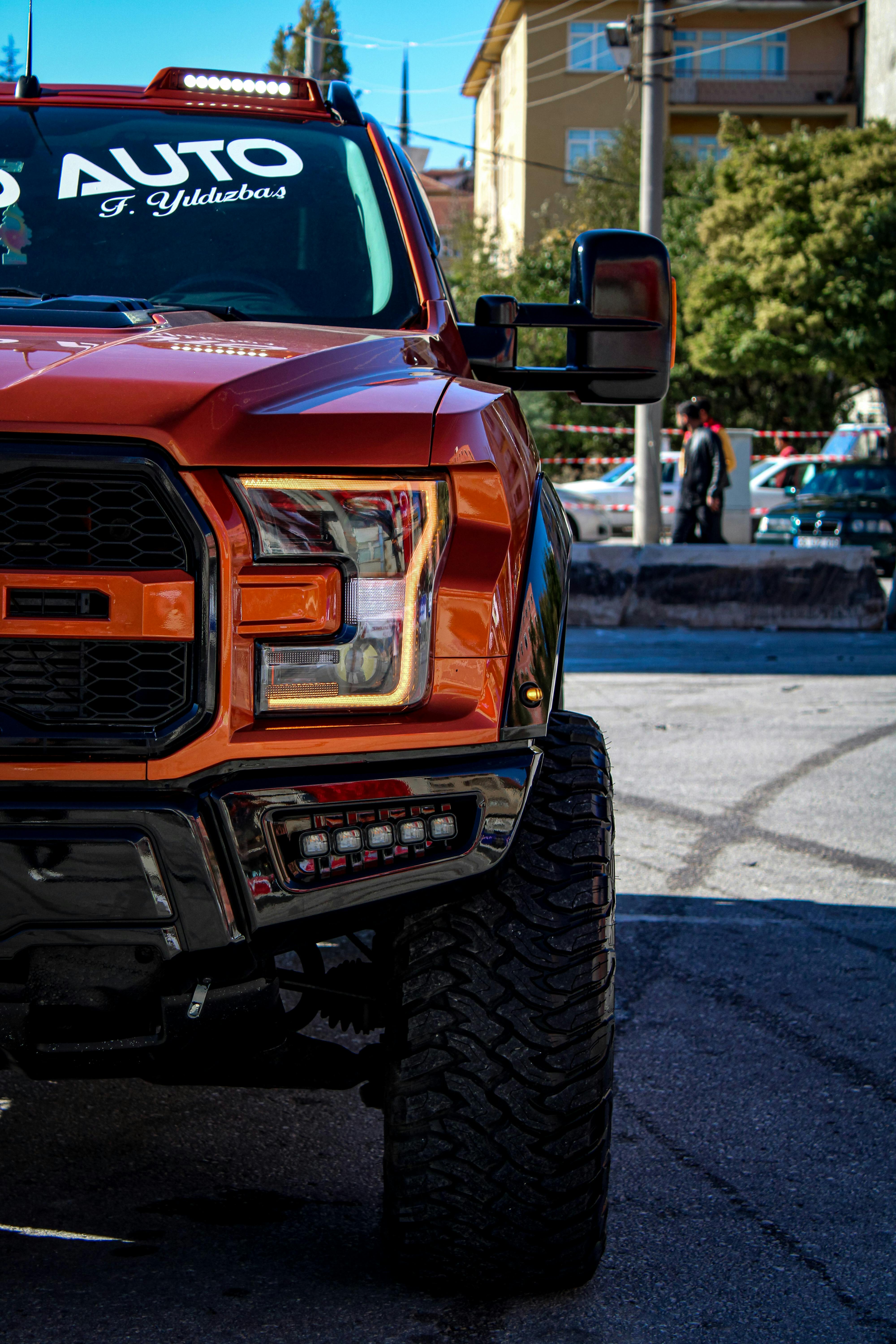Mastering Long Travel Ford Ranger Builds for Off-Road Power
Transforming your truck into a long travel Ford Ranger is one of the most rewarding upgrades an off-road enthusiast can make. With terrain versatility and extreme performance becoming more essential in the off-road world, understanding this topic is vital. In this article, you’ll learn what makes long travel setups special, how to build one properly, and why it’s a game-changer for off-road capability.

Understanding the Fundamentals
At its core, a long travel suspension system significantly increases wheel travel, allowing your Ford Ranger to absorb rough terrain with ease. Originally developed for desert racing, it’s now widely used in recreational off-roading. The evolution of long travel setups has brought affordability and accessibility to casual off-roaders.
Fundamentally, long travel upgrades change how your suspension interacts with terrain. This allows for better shock absorption, greater tire contact, and enhanced handling — all key for rugged environments and high-speed runs across unpaved surfaces.
1.1 What Is Long Travel Suspension?
Long travel suspension extends the range of vertical movement your wheels can achieve — often doubling the travel compared to factory setups. For the Ford Ranger, this can mean going from 8″ of stock travel to over 16″ with the right long travel kit. Brands like Camburg and Dirt King offer bolt-on systems tailored for this.
This boost in performance translates to better obstacle handling, increased ride comfort in rough terrain, and safer landings when catching air. A common misconception is that it’s only for racing, but many weekend warriors enjoy the benefits on trails and overland routes.
1.2 Why the Ford Ranger Stands Out
Compared to similar midsize trucks, the Ford Ranger is especially compatible with long travel upgrades due to its strong chassis and wide aftermarket support. Unlike some compact pickups, the Ranger provides ample space for extended control arms and coilover shock absorbers.
Real-world applications include trail runs in Moab, Baja desert expeditions, and forestry access in remote areas. Its balanced wheelbase and available 4×4 make it a favorite among off-road builders.
Practical Implementation Guide
Now that we’ve covered the fundamentals, it’s time to put that knowledge to work. Converting your Ford Ranger into a long travel powerhouse requires careful planning, the right parts, and a clear strategy to stay on budget and on schedule.

2.1 Actionable Steps
- Choose Your Long Travel Kit: Determine whether a mid-travel or full long travel system suits your needs. Consider arm length, track width, and brand reputation.
- Gather Tools and Resources: You’ll need coilovers, upper and lower control arms, extended brake lines, bump stops, and fabrication tools if the kit isn’t fully bolt-on.
- Create a Timeline: Most builds take 2-3 weekends depending on experience. Set milestones: teardown, mock-up, installation, and alignment.
2.2 Overcoming Challenges
Every build faces setbacks. Here are common issues and how to address them:
- Clearance Issues: Modify fenders or inner wheel wells to prevent tire rub.
- Alignment Trouble: Use adjustable arms and professional alignment tools post-install.
- Budget Overruns: Account for unexpected costs like welding labor or tool rentals.
- Brake Line Stress: Always upgrade to extended stainless steel lines.
Tip: Document your progress. Take photos and notes at every step to simplify troubleshooting and future upgrades.
Advanced Applications
Once you’ve mastered the basics of a long travel Ford Ranger build, the next level involves refining performance. This is where enthusiasts push the limits with custom setups tailored to specific types of terrain, including desert, forest, and rock crawling environments.

3.1 Custom Fabricated Suspension Arms
Fabricating your own control arms or ordering custom geometry allows for maximum articulation. This often includes boxed steel arms, uniball joints instead of ball joints, and longer tie rods. Case studies show a 35% improvement in stability over rough terrain when switching to custom arms.
3.2 Integration with Off-Road Tech
Linking your suspension system with onboard diagnostics, GPS navigation, and real-time traction control systems creates a data-driven ride experience. Compatibility with tunable dampers and telemetry devices ensures you’re optimizing every inch of travel.
Future Outlook
As off-road technology advances, long travel systems are becoming more modular, with bolt-on kits that rival custom builds in performance. Companies are investing in smart suspension systems that automatically adjust damping rates based on terrain input.
Looking ahead, electric off-road trucks may adopt long travel features as standard, especially for overlanding and adventure travel. Being familiar with long travel systems today prepares you for tomorrow’s innovations.
Conclusion
Three key takeaways: First, long travel systems radically improve off-road handling. Second, the Ford Ranger is uniquely suited for this upgrade. Third, careful planning prevents common pitfalls. Investing in a long travel Ford Ranger build opens up new terrain and performance potential.
Ready to start your build? Get your tools, choose your kit, and embrace the off-road lifestyle with confidence. You’ve got everything you need to begin your transformation today.
Frequently Asked Questions
- Q: What is a long travel Ford Ranger? It’s a Ford Ranger modified with extended suspension travel, providing better off-road capability and smoother performance over rough terrain.
- Q: How do I begin upgrading my Ranger? Start by selecting a trusted long travel kit, gather the necessary tools, and review installation guides or videos to familiarize yourself with the process.
- Q: How long does a full build take? A weekend warrior can complete it in 2-3 weekends, while experienced builders may finish in a week depending on part availability.
- Q: How much does a long travel conversion cost? Costs range from $3,000 to over $10,000, depending on the complexity, quality of parts, and if custom fabrication is needed.
- Q: How does it compare to stock suspension? Long travel systems offer double the wheel travel, improved damping, and stronger components compared to stock setups.
- Q: Is it hard to install? Moderate to advanced mechanical skills are needed. Some kits are bolt-on, but welding and fabrication may be required for advanced setups.
- Q: Is it worth it for hunting or forestry work? Absolutely. The improved terrain handling and load support make it ideal for outdoor and utility applications in rugged areas.
